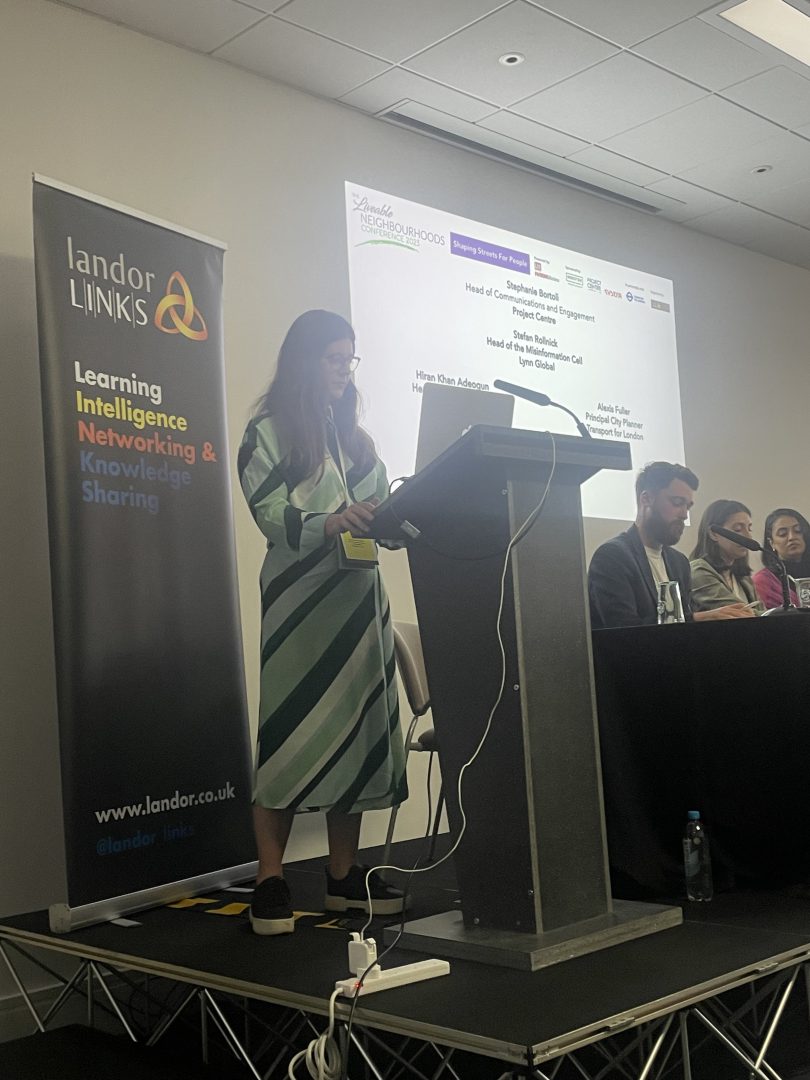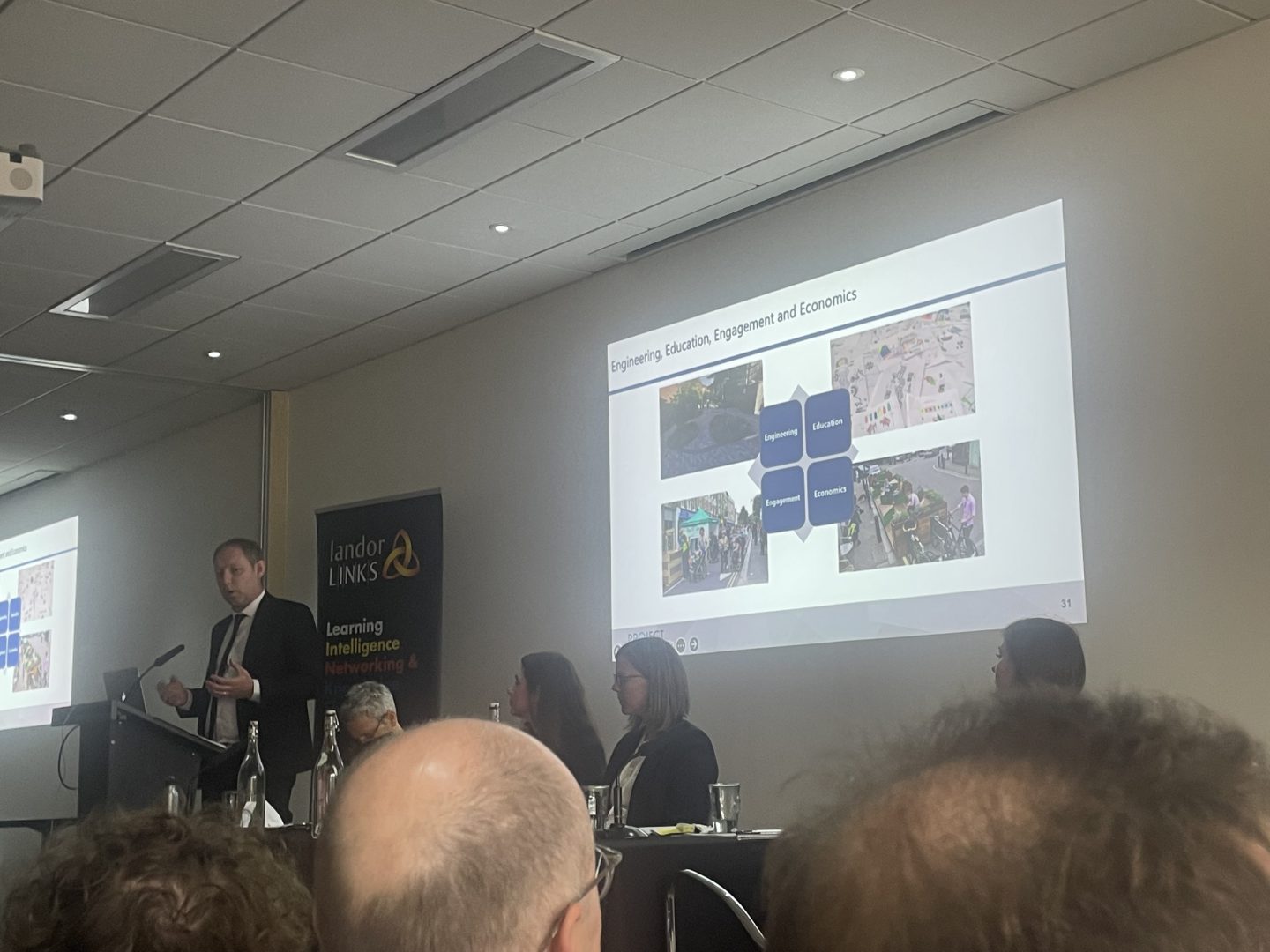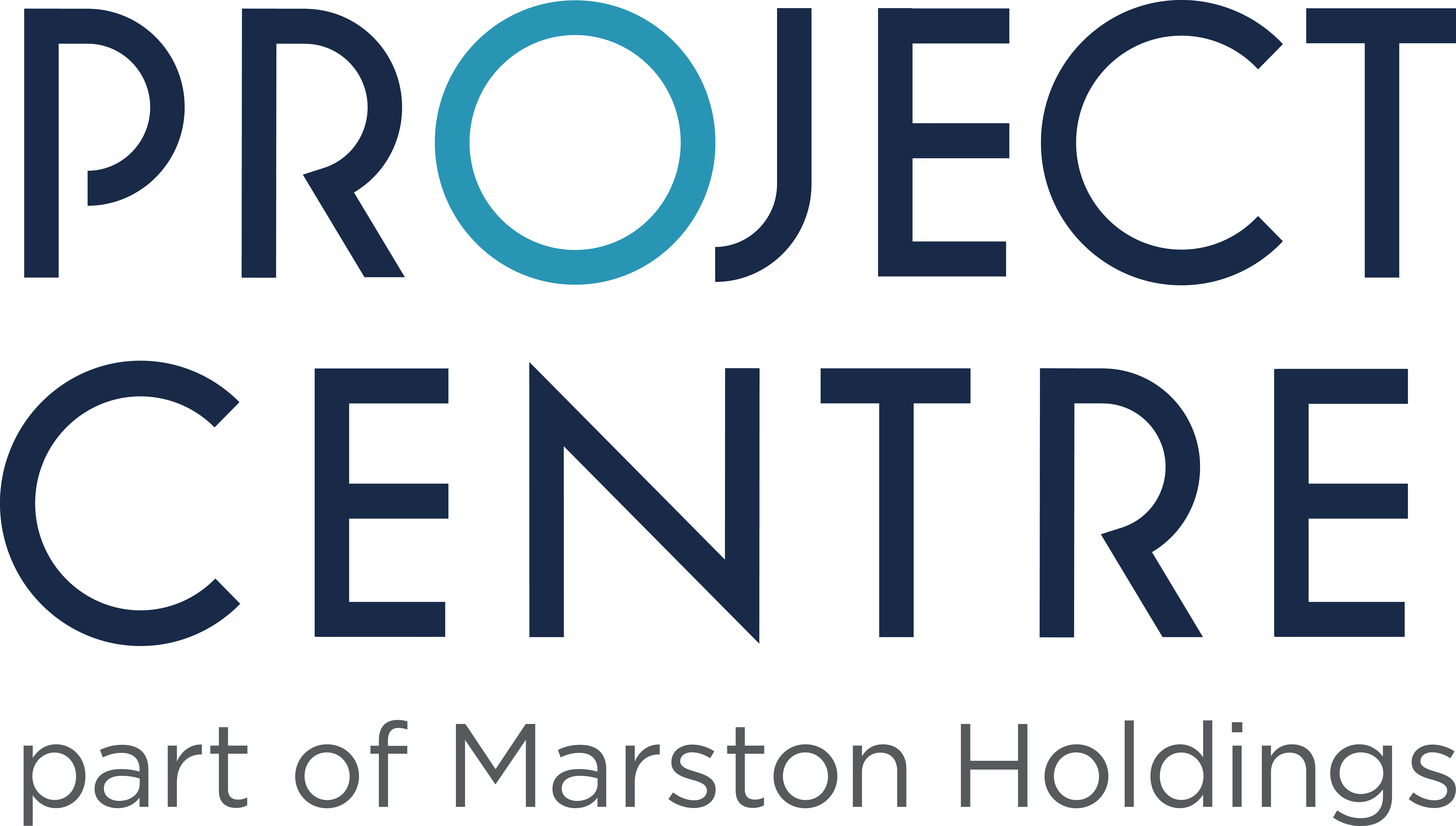We attended the Liveable Neighbourhoods Conference in London, discussing how to develop sustainable designs that work for both the community’s needs and the local authorities’ Net Zero goals.

As the government makes funds available for the development of sustainable modes of transport, the UK is falling behind, slowed down by the community’s numerous complaints about low traffic measures.
The United Nations have set 17 Sustainable Development Goals, to drive positive behaviour change across the world. We are surrounded by eye-opening facts on climate change and air pollution, and the impact that cars and cities have.
“Cities are responsible for more than two-thirds of global greenhouse gas emissions, leading to climate change”.
Focusing on big environmental challenges is not always enough to get people invested in the conversation. We need to engage with communities on a more personal level. A big part of the liveable neighbourhood schemes is about inspiring community ownership. This means involving them throughout the whole design process, from concept to detailed designs, even with community planting days.
As designers, we are in a great position to make a change, showing communities how pollution and climate change can affect their own health, as well as the local economy and every road users safety.
Using data and evidence to support road improvements

Our Head of Engagement Stephanie Bortoli chaired a session on the best ways we could engage with communities.
As a starting point, we should understand what the community’s daily needs are. Whether it’s shopping, commuting, visiting a friend, or just walking. All the amenities should be at a walkable or cyclable distance. If cycling or walking is not possible, we should provide the community with a close enough public transport station.
As the budgets and timescales are often tight, having the communities answer all these questions will help local authorities and designers choose what interventions to prioritise. Prioritising is key to making sustainable and cost-effective interventions.
Community data combined with air quality data, traffic volume measurements and consultation heat maps, are fundamental tools from initial planning to post-scheme monitoring.
Small interventions, big impacts
It’s no secret that we need behaviour shifts if we’re going to have a future planet. While it’s important to have large-scale and grand projects, we need to encourage grassroots changes and a mindset that no intervention is too small to make a difference.

Our Regional Director Chris Harrison presented at “the bigger picture; why a holistic approach is more likely to bring about behaviour change” session. He bought examples of our latest schemes working for councils across the UK.
Recently with Worthing Council, we’ve worked collaboratively to reshape Portland Road. The street reflected poor traffic management, grey areas, and anti-social behaviour. Our team engaged with residents and visitors before, during and after the design development. We found that the community wanted a space functioning as a point of aggregation to socialise, shop and dine. They wanted green spaces, brighter colours, social events, and overall, a public space to live in.
To encourage walking and cycling around the area we introduced traffic-calming elements and increased cycle stands and footway space. Speaking with older and disabled people, we found that the previous layout of the footway wasn’t accessible to all. By enlarging the footway space and seating areas, we eased movement for both the disabled and the elderly. All the materials we used were made from durable stone, increasing the design’s sustainability.
All these small and cost-effective interventions drove a massive increase in people living in the area. We’ve already seen the impact of this on the economy of the place. Speaking to a local business owner, he revealed that he invested in re-decorating his diner after our interventions as the number of clients multiplied.
The importance of creating liveable neighbourhoods
Chris brought just a couple of examples among many others, such as our active travel scheme in Montague Place or our sustainable drainage system in Old Quebec Street, of how every little intervention can make a difference to reshape public places for people.
It’s clear that something needs to change in the way we live and move through public spaces. Conferences like Liveable Neighbourhoods are eye-opening and really show how consultancies and local authorities can work together towards a common goal.


